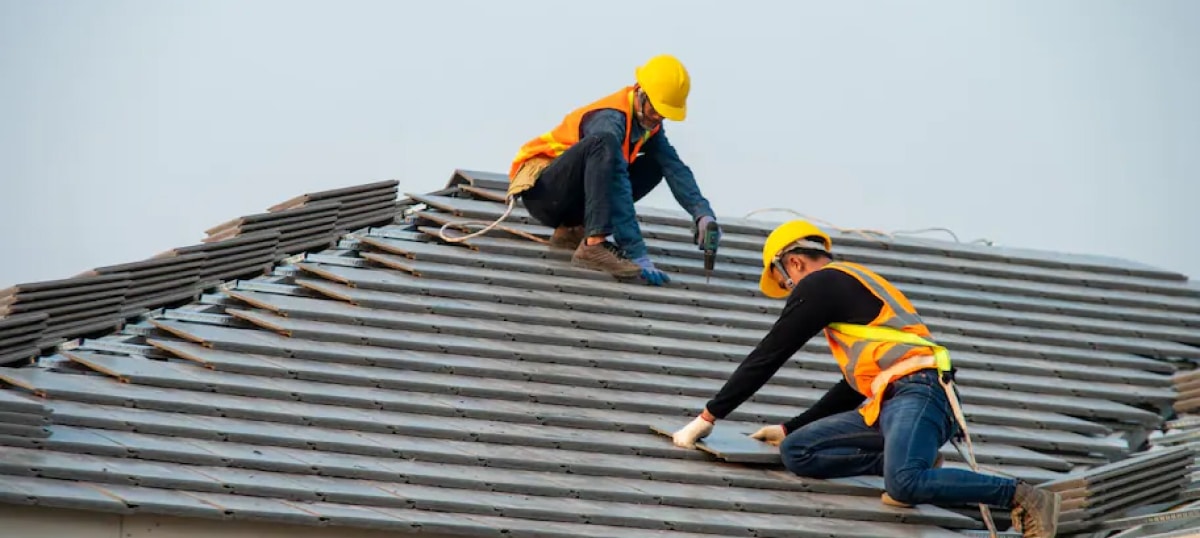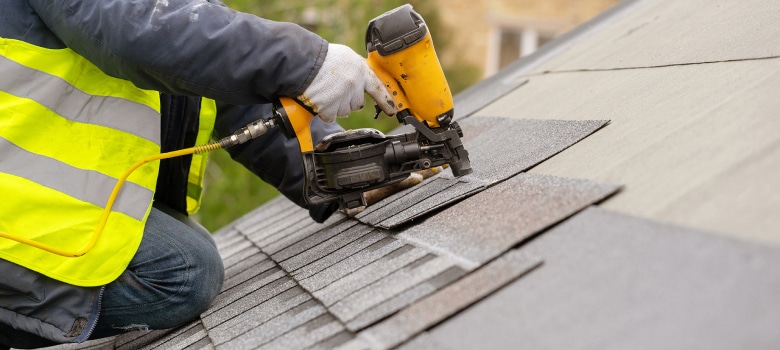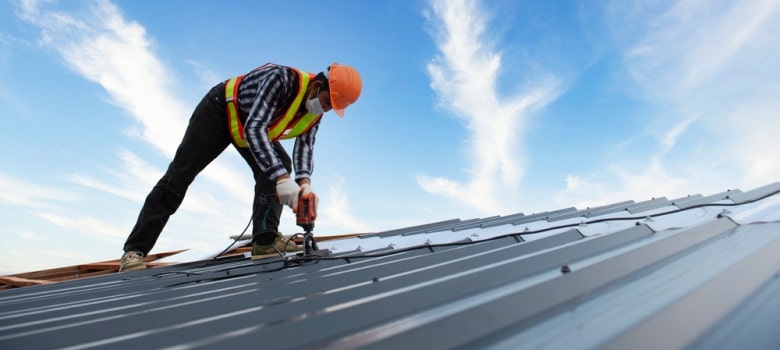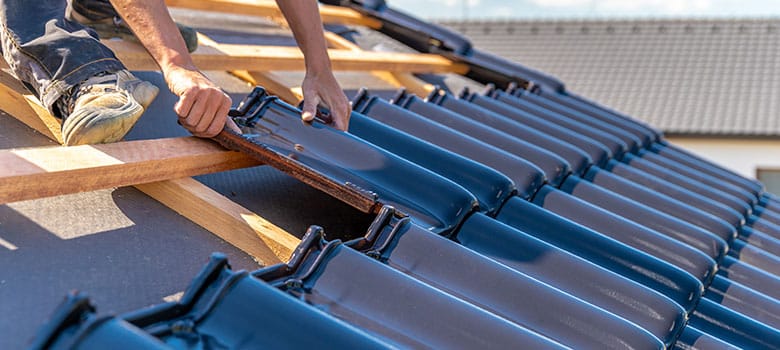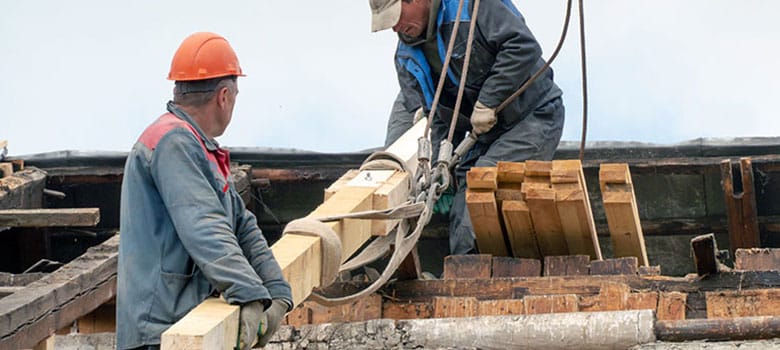Are you planning a roof replacement?
Upgrading your roof isn’t just about aesthetics. It’s a chance for you to upgrade your roof’s security and protection against the elements, improve energy efficiency, and potentially increase property values.
However, this essential maintenance comes with its own set of challenges, notably the noise.
So, how much disruption should you expect during your next roof replacement project?
We’ll answer that question (and a few more) in this handy guide. From the initial tear-off to the final installation, we’ll guide you through the process, ensuring you’re well-informed and prepared for the noise.
Let’s get right into it.
VINCENT ROOFING SUMMARY:
|
Roof Replacement: Services, Types, and What to Expect
When the time comes to replace your roof, it’s not just about choosing the right colour or material. It’s about ensuring your home remains protected against Brisbane’s unpredictable weather.
Replacement services in Brisbane offer a variety of options tailored to suit every home’s needs and aesthetic preferences.
From traditional tiles to modern metal, each type of material plays its part in the orchestra of construction noises, but also in protecting your home.
Types of Roofing Materials:
- Metal Roofing: A popular choice for its durability, lightweight, and sleek appearance. Metal roofs are known for their long lifespan and ability to withstand severe weather conditions. However, their installation is a loud affair, contributing significantly to the noise during roof replacement.
- Tile Roofing: Offers a classic look and excellent durability. Tiles are great for insulation and are available in various styles and colours. The process of removing old tiles and installing new ones can be noisy, especially when tiles are being cut and positioned.
- Composite Roofing: A versatile and eco-friendly option, composite roof can mimic the appearance of tile, slate, or wood shakes. It’s lightweight and has a lower noise impact during installation compared to metal or tile.
How Long Does a Colorbond Roof Last in Brisbane?
Advantages of Roof Replacement:
- Enhanced Protection: A new roof provides better protection against the elements, ensuring your home stays dry and damage-free.
- Energy Efficiency: Modern materials can improve your home’s insulation, leading to lower energy bills.
- Increased Property Value: A new roof can significantly increase your home’s market value, making it a wise investment.
Challenges:
- Noise: The replacement process can be loud, particularly during the removal of the old roof and installation of certain materials.
- Cost: The replacement can be a significant investment, although it pays off in the long term through energy savings and increased property value.
- Time: The process can be time-consuming, depending on the size of the roof and the type of materials used.
What Factors Influence Construction Noise?
Material Type
Metal roofing, for example, can be particularly loud during installation due to the nature of the material and the tools required for its placement.
The cutting, shaping, and fastening of metal sheets generate high decibel levels, echoing through the neighbourhood.
Materials like composite shingles may produce less noise during installation but don’t underestimate the racket from removing the old roof to make way for the new.
Tile roofing introduces another dimension to the noise debate. The process of removing old tiles is a noisy affair, with the potential for echoing clatters as tiles are pried off and disposed of.
Installing new tiles also contributes to the din, especially when cutting tiles to fit specific areas of the roof.
The inherent properties of tile – hard and brittle – mean that even handling and moving them around the roof can create significant noise, particularly in tight, urban spaces where sound travels easily.
Removal of Old Roofing
The initial phase of removing the old material stands out as one of the loudest parts of the roof replacement process.
This stage involves tearing off old shingles, tiles, or metal panels – an inherently noisy operation that can vary in volume depending on the material.
The use of power tools and machinery to strip away old layers, combined with the dropping of debris into disposal bins, creates a concert of sounds that can be quite disruptive.
The intensity of noise during this phase is also influenced by the condition of the old roof.
A roof that has undergone multiple repairs or has layers of the material can be more challenging and noisy to remove.
The method of removal – whether it’s a gradual, section-by-section process or a more rapid tear-off – can affect the overall noise level.
Preparing for this phase involves not just notifying neighbours but also planning for the timing of the work to minimise disruption to your daily routine.
The Loudest Phase of Roof Replacement
The noise levels can vary significantly throughout the process. There’s one part that typically stands out as the loudest: the removal of the old materials.
This stage is critical because it involves tearing off and disposing of the existing roof, which can be particularly noisy, especially if the materials are heavy or bulky.
Why the Removal Stage Dominates in Decibels:
- Material Interaction: The old materials, whether tiles, shingles, or metal, often require forceful removal. Tools like crowbars, hammers, and power tools are employed to pry materials loose and remove nails or fastenings. The banging, scraping, and thudding noises during this phase contribute heavily to the overall noise level.
- Debris Disposal: Dropping old materials into skip bins or onto the ground also generates considerable noise. The higher the drop, the louder the impact sound, especially with materials like tiles or metal sheets.
Understanding that the removal phase is typically the loudest can help residents and businesses in Brisbane prepare for what to expect during their projects.
By recognizing this, homeowners can plan accordingly, perhaps choosing to vacate the premises during the noisiest days or informing their neighbours in advance about the expected disturbance.
Final Thoughts and What To Do Next
Here’s a quick recap of the essential melodies we’ve covered:
- The loudest part of roof replacement often involves the removal of old materials and the installation of new ones, particularly metal roofing.
- Choosing the right roofing material and understanding the impact of your home’s size is critical in managing expectations regarding time and noise.
With the right preparation and professional help, your replacement project can be done with minimal disruption and noise.
Trust Vincent Roofing For Your Next Project
Whether you’re seeking more personalised advice or you’re ready to receive a detailed quote, Vincent Roofing is here to guide you through every step with expertise and care.
We can help you:
- Experience the difference that comes with a legacy of excellence.
- Avoid the common mistakes that come with replacement projects in Brisbane.
- Walk away with a fast and FREE quote tailored to your specific needs.
Reach out to us today, and let’s discuss how we can tailor a solution that works for you.

